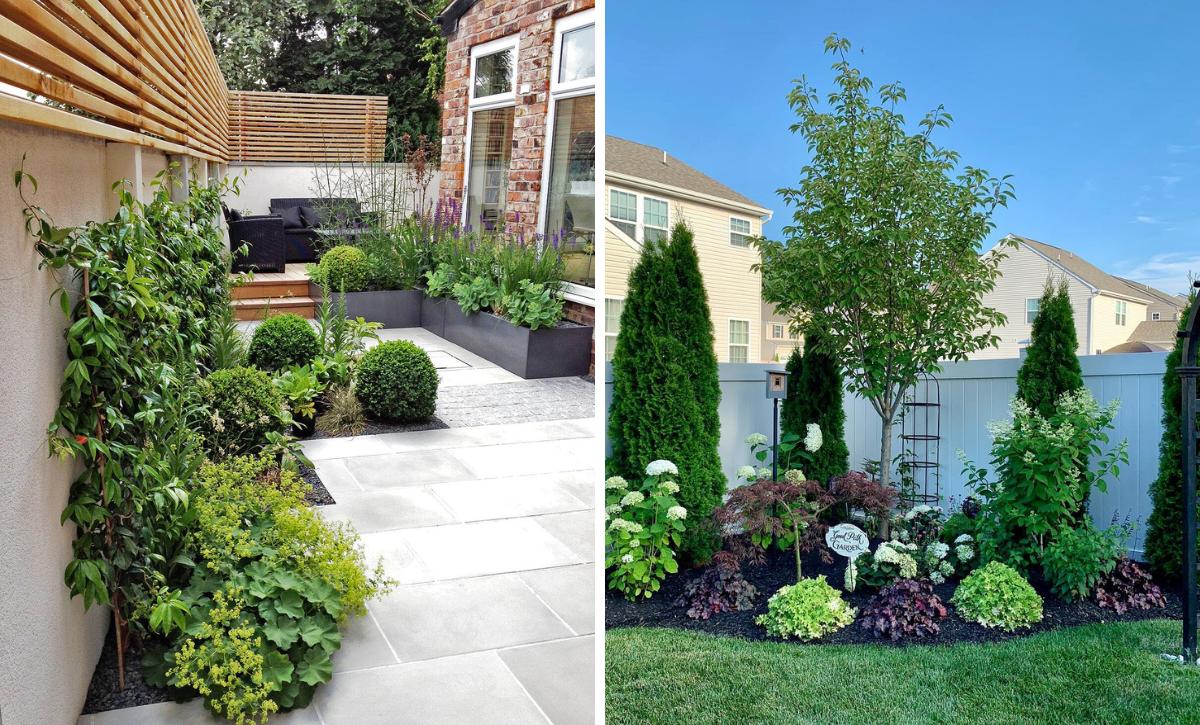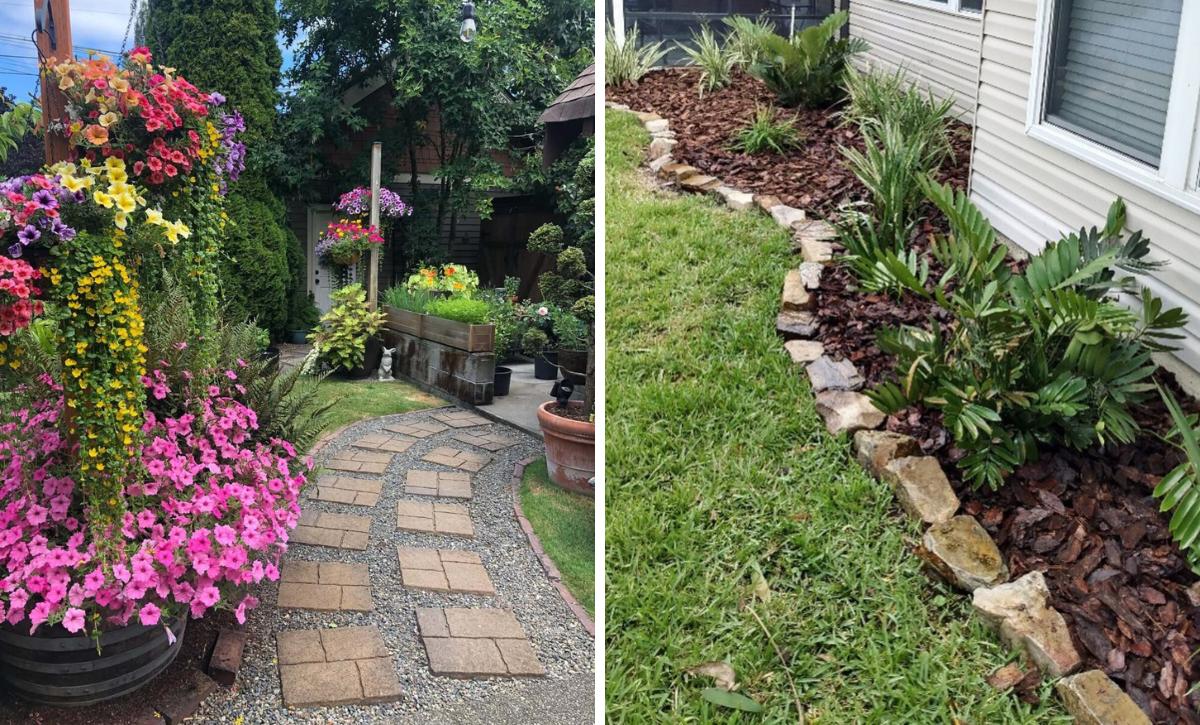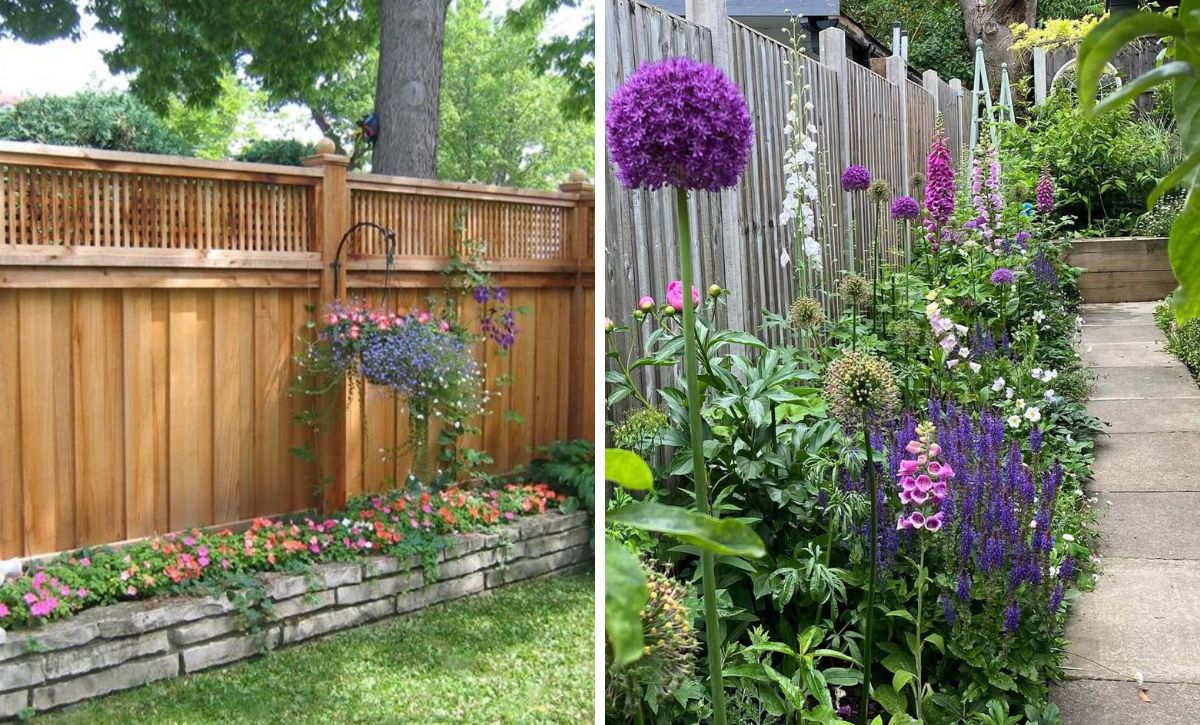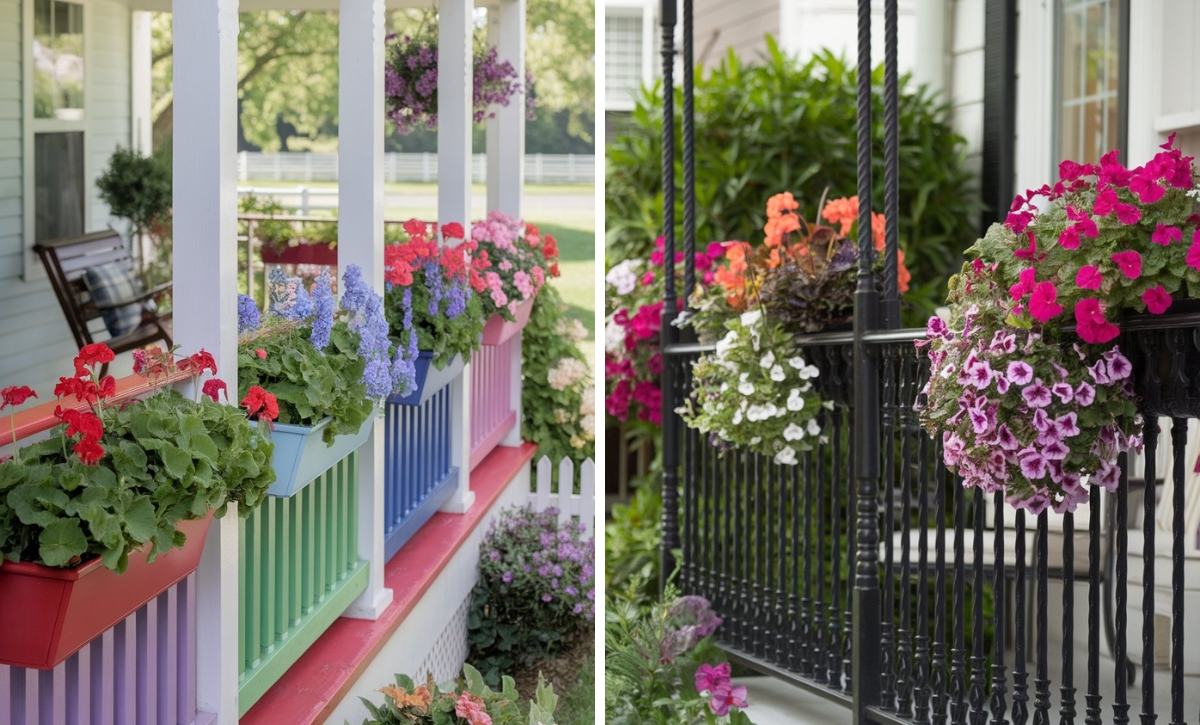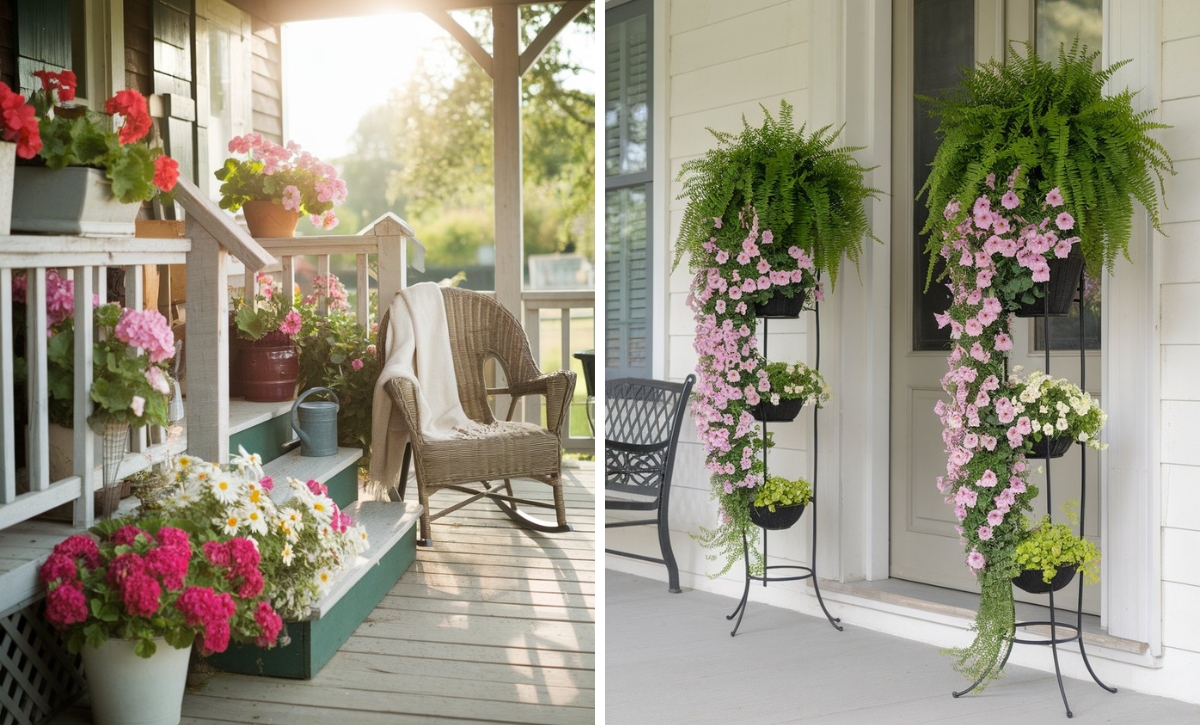As autumn approaches and the plant growth rate slows down, you may be thinking of downing your tools and waiting for spring to begin your gardening activities. However, fall isn’t the time to slack off; there are several activities you can do to prepare your garden for the season.
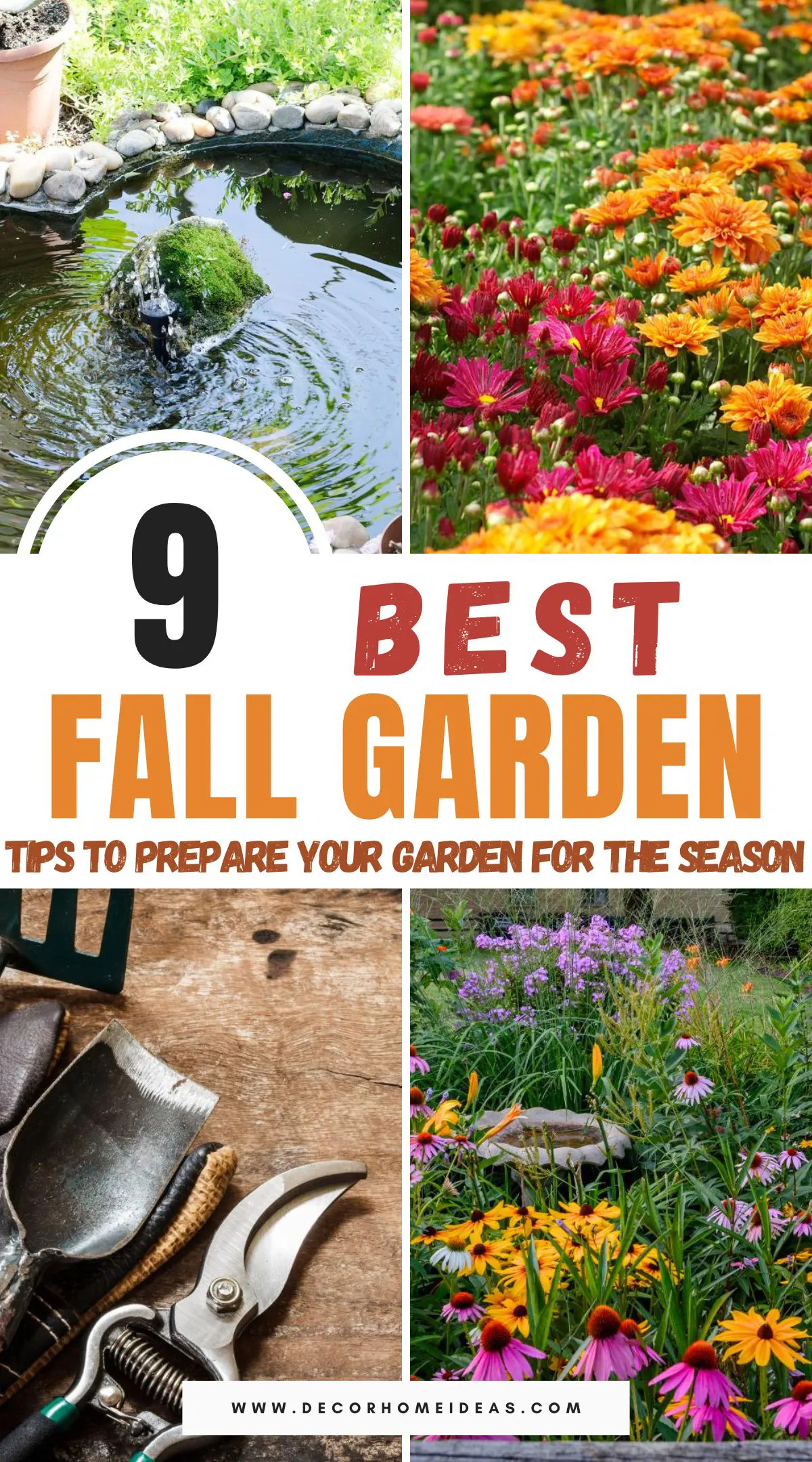
Not only should you take measures to weed out your garden, remove dead leaves, and freshen up the look of your yard, but you also need to prepare your soil for the next planting season by nourishing it, pulling annuals, and dividing perennials.
Fall presents a unique opportunity for rejuvenating plants, reseeding lawns, and preparing compost. While it may get colder, it’s still warm enough to grow a denser and lusher lawn. Additionally, during this time of the year, weeds are less likely to creep up, and you can easily remove them before they have a chance to develop.
Here are nine tips to prepare your garden for the fall season.
Take a look!
1. Give Your Tools Some Maintenance
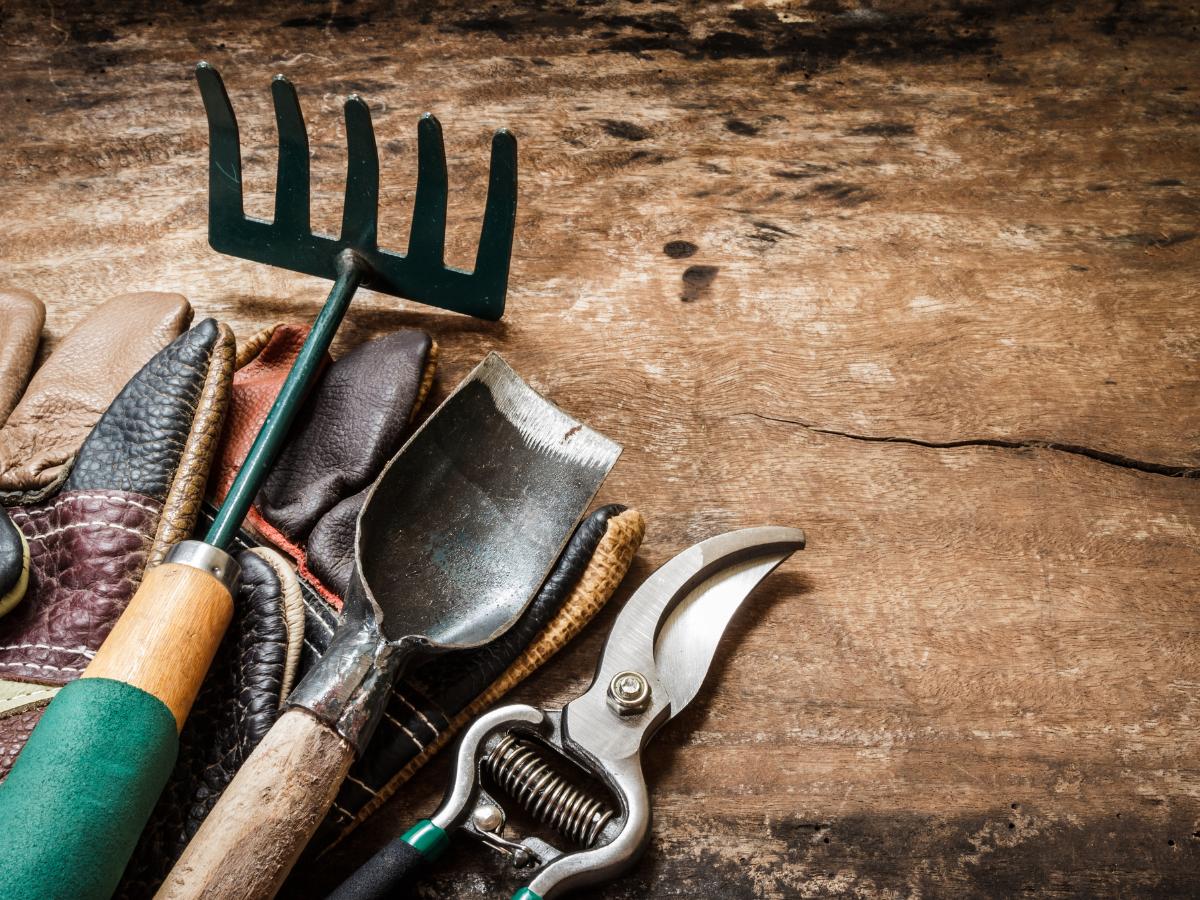
Routine tool care is crucial for well-functioning tools and a seamless gardening experience; otherwise, the process can become frustrating.
Tools such as lawnmowers, leaf blowers, and chainsaws have moisture-sensitive parts that can get damaged if continually exposed to damp conditions. Additionally, gardening tools such as forks, rakes, spades, and shears tend to rust if left out in cold, wet conditions.
Since you won’t be doing a lot of gardening, fall is the ideal time to clean them. Cleanse, sharpen, and lubricate your tools to ensure they’re ready for the next growing season.
Cleaning your tools becomes even more important if you plan to store them. Tools stored with dirt and other debris tend to depreciate quicker and risk getting completely damaged.
Use a solution of mild soap with water and clean them with a stiff bristle brush before drying them. If you’re skeptical about the tools rusting, use a soft cloth to apply some grease. Don’t forget to sharpen any dull blades and clean debris from your pruning shears.
2. Do Away with Annuals and Dead Vegetables
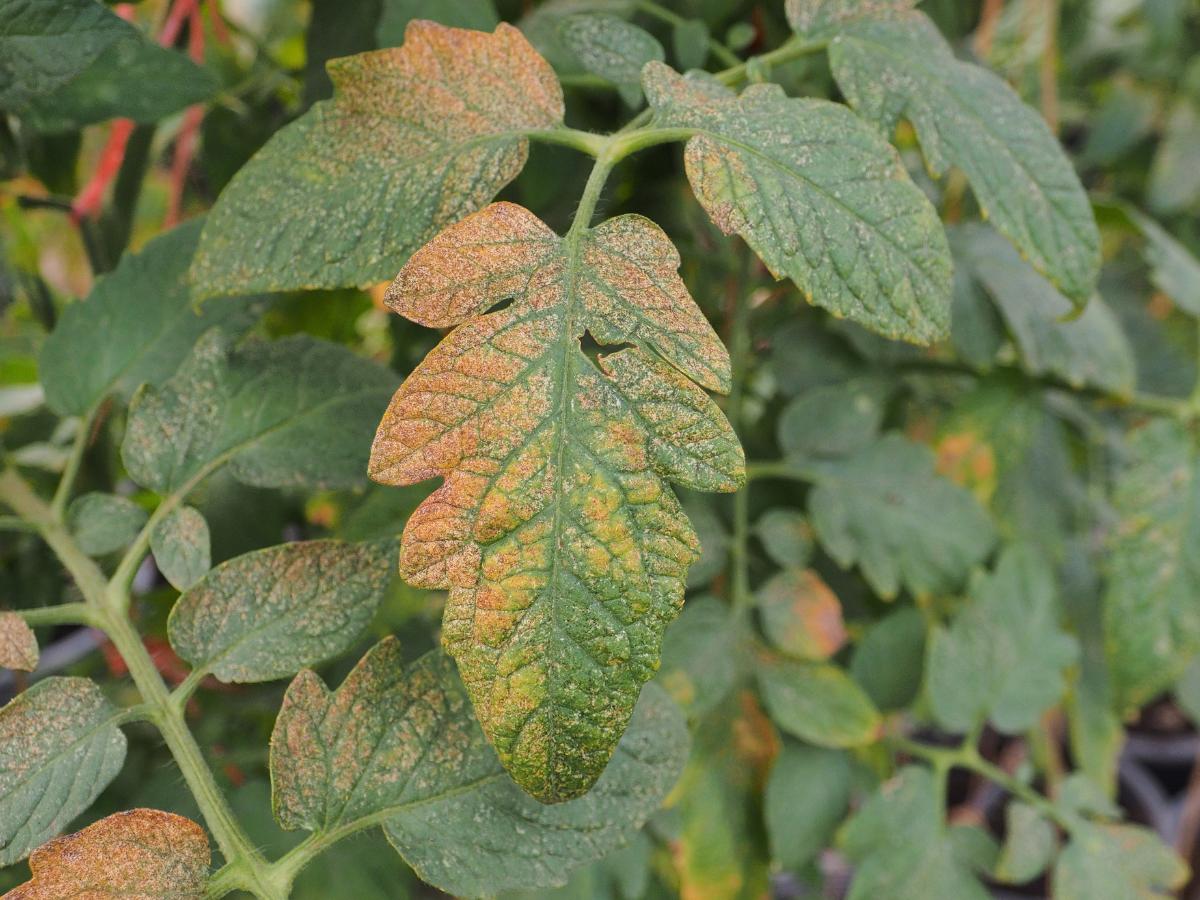
Leaving debris and dead plants in your garden after the growing season can lead to diseases or pest infestation in the next growing season. Remove them from the garden as soon as annuals freeze or dry up due to the weather.
Also, ensure you remove any diseased plants. Plants affected by fungi and other plant diseases can stay dormant in the winter and cause major problems when the growing season begins, so the best way to avoid this setback is to remove them from the garden.
If you decide to prune or deadhead any plants, ensure you remove the waste after.
3. Do Some Pond Maintenance
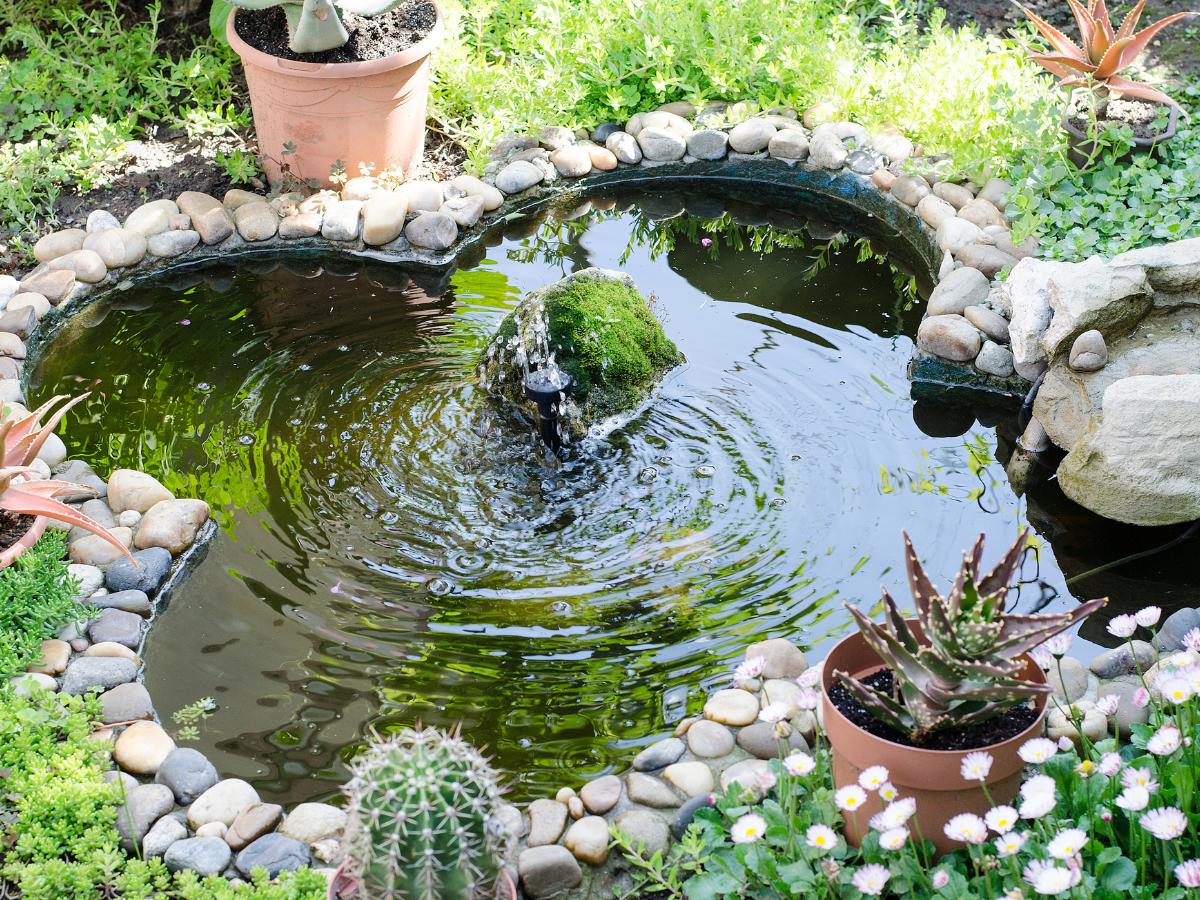
Just like your garden, water features need some maintenance, too. Ponds and other water features that have been crucial to your space all summer long need some attention to ensure they’re in good shape come next season.
If you reside in an area with an extremely cold winter climate that may cause your fountains and other water features to freeze, you are better placed to drain them. This prevents water from freezing, which may crack and spoil the whole setup.
Pond plants play an important role in the pole ecosystem by oxygenating the water so you can leave them as they are. However, it would help if you pruned any dead or diseased leaves that may die and fall on the water, thus contaminating it.
Fall is also a great time to clean other tools and equipment you may use for your water feature. For example, if you use a solar-powered fountain, clean it with warm water and a specialized cleaning solution. Once you’re done, dry the pump and store it in a clean place.
4. Refresh Your Planting Scheme
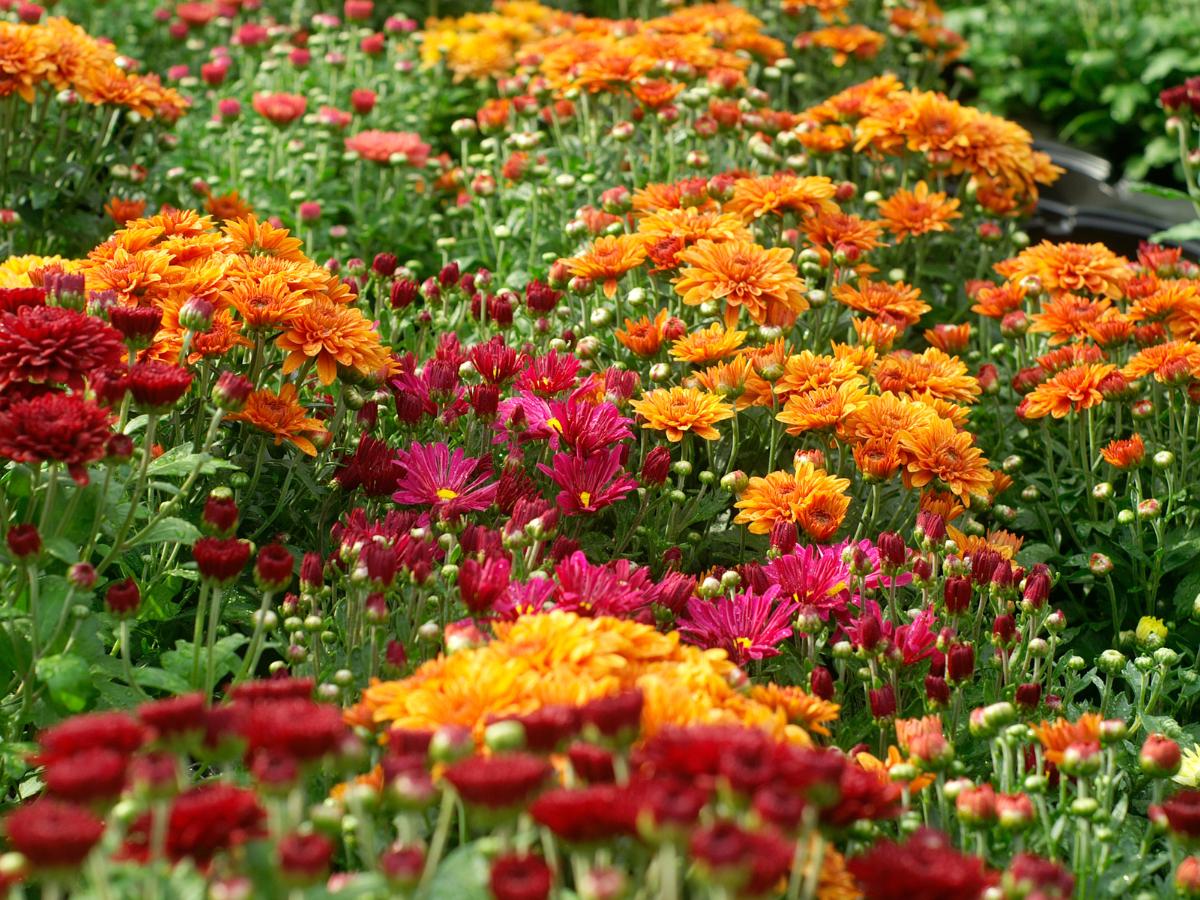
As the warm summer season concludes and most vibrant plants begin dying down, you may be wondering how to refresh the look of your garden. You can add several plants to your fall garden as long as you know the right time to plant them.
Besides, with vibrant colors such as orange and red, you definitely want to update the look of your garden!
Since the soil is still warm, fall is the ideal time to grow most hardy plants. Go for flowering plants that bring in the true fall spirit, such as chrysanthemums, Japanese anemones, and some roses, and don’t forget to add marigolds. Since it’s likely to rain during this time of the year, these plants should root easily.
You can grow these plants in planters or plant them in your garden, whichever has the most aesthetic appeal.
5. Divide Perennials and Collect Seeds
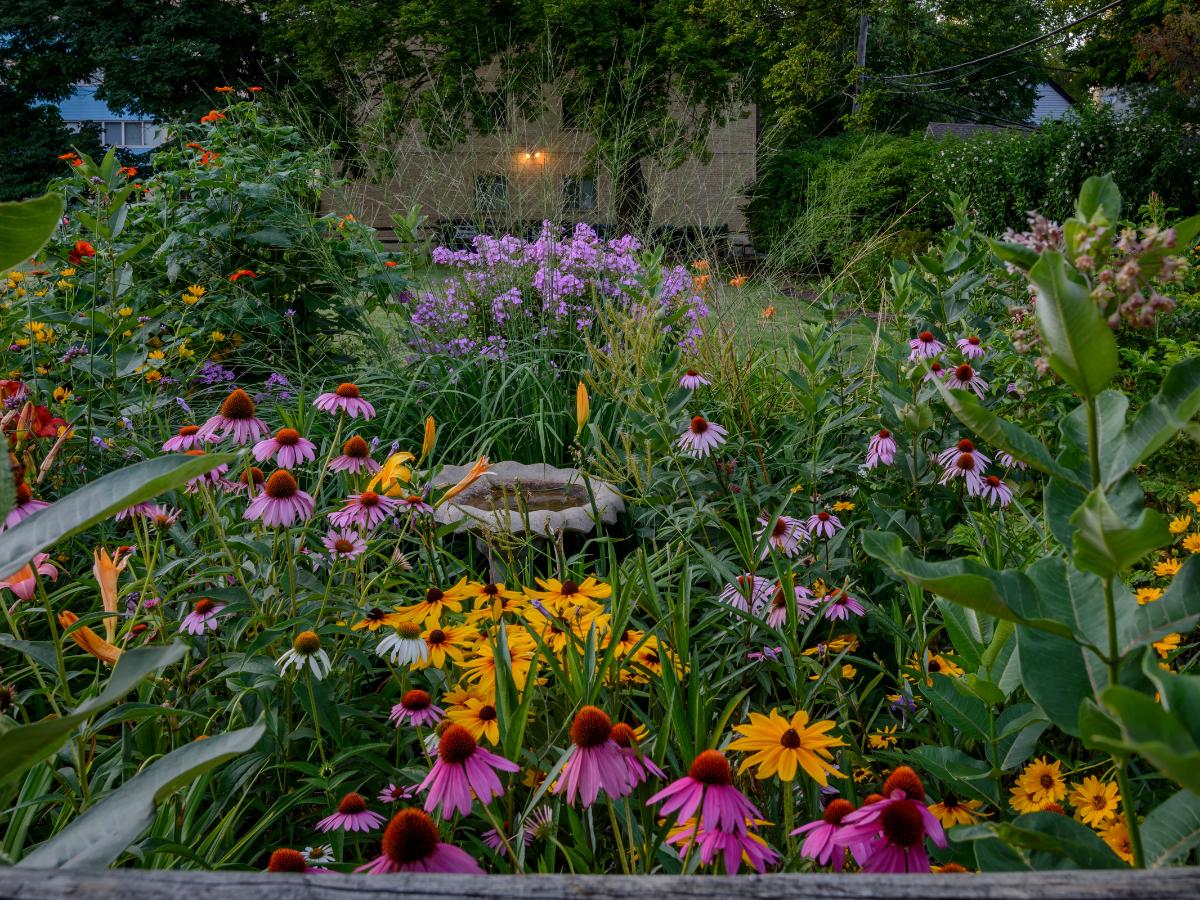
One of the ways to ensure your perennials grow strong and healthy is by dividing them once they start overcrowding. Overcrowded and messy plants are common by the end of summer due to the ideal growing conditions of the ending season.
Fall is the best time to divide these perennials and collect seeds for the next growing season.
If you have mastered the propagation techniques of the perennials you’re growing, this is the right time to show them off and fill in the blanks in your garden with new plants. This will save costs, help you use the right propagation techniques, and contribute to sustainable gardening practices.
If you have any seeding plants, this can also be a good time to collect seeds. Just like propagation, collecting seeds is an economical way to get new plants. Pick and dry the seeds thoroughly before storing them in a bag or container free from moisture.
6. Plant Some Cover Crops
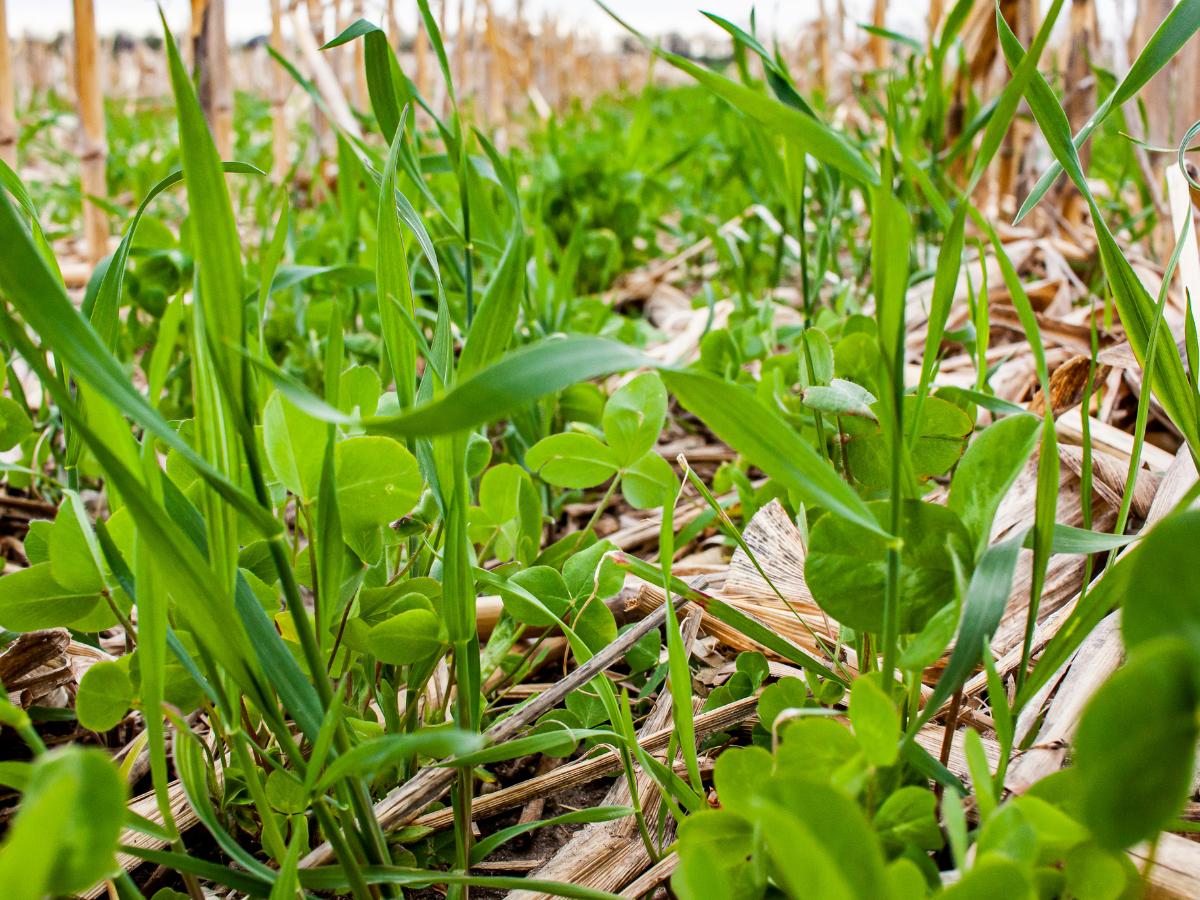
If you want to stabilize your soil and ensure it’s well broken up, planting some cover crops when the new planting season begins is the way to go. These plants help you maintain the soil temperature and are crucial in nutrient stabilization in the soil.
Cover crops such as clover help with nitrogen fixation, which is important for growth. Moreover, once the growing season comes, you won’t have to do away with your crops; you can simply reintegrate them back into the soil or plant seedlings directly into them.
In other cases, covering crops can be a natural mulching solution for your garden.
7. Prune Shrubs and Edges
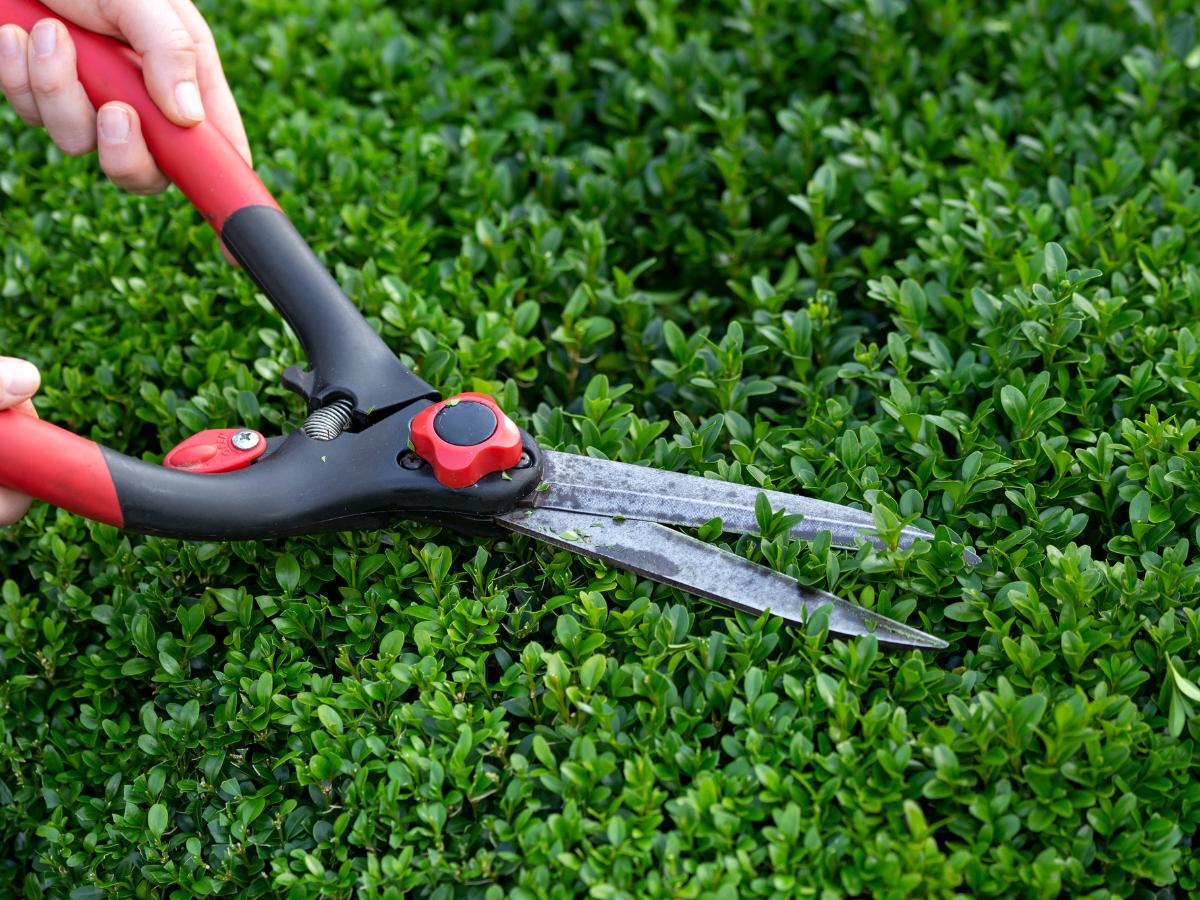
In fall, most trees start shedding their leaves, so pruning your shrubs and edges is right on brand. Pruning your plants now will keep them in good shape until spring arrives.
When trimming, ensure you use the right tools, such as secateurs and garden shears. It’s also important to sterilize these tools so they don’t cause plant infections. You can do this by using an antibacterial spray on them before you begin the pruning process.
Alternatively, you can sterilize them with boiling water. Don’t prune any new shoots; this could encourage new sprouts on fragile tender posts that can damage the cold winter weather.
8. Test Your Soil
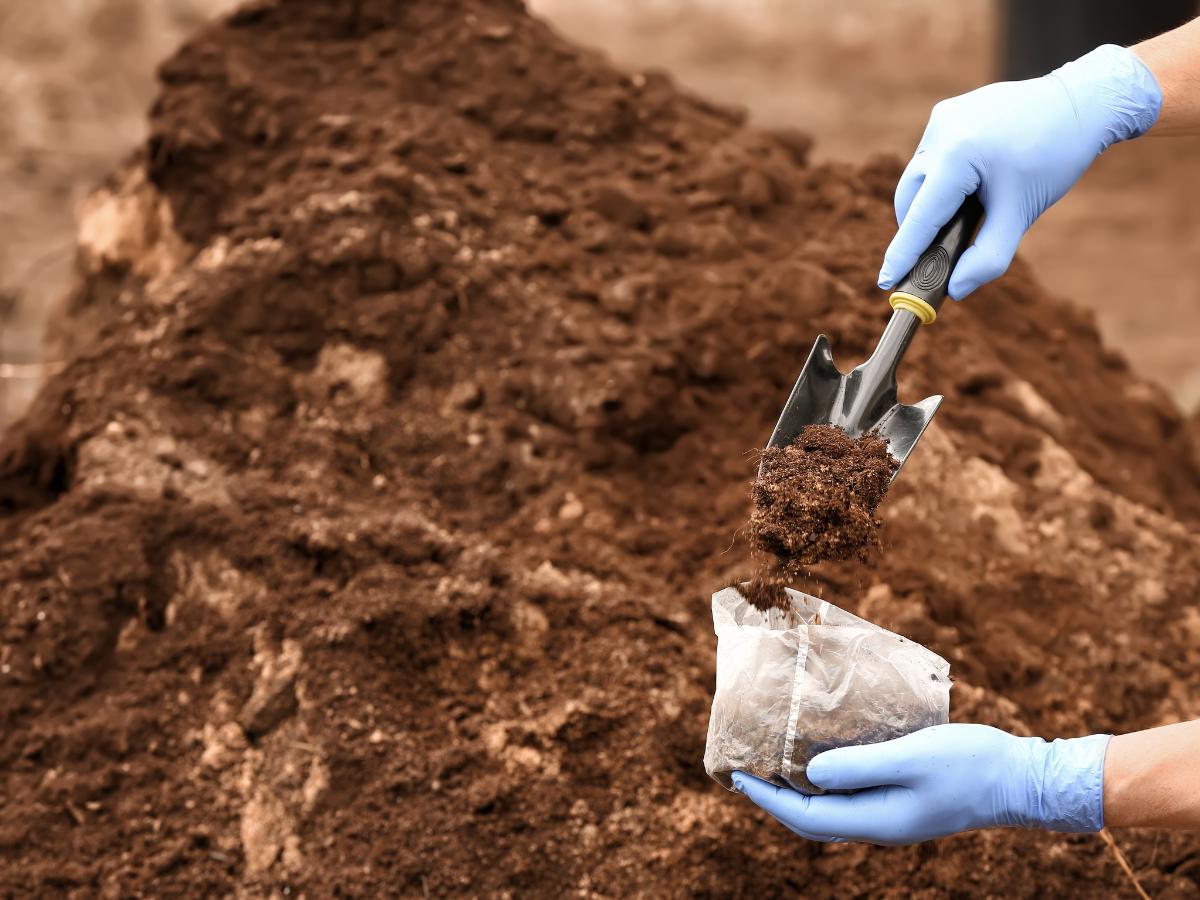
As a seasoned gardener, you know one of the most important things is ensuring your soil is nutritious. If you didn’t, now you do! Your soil’s nutritional levels and pH can determine how healthy or robustly your plants grow—too much or too little of certain nutrients could lead to serious growth problems, so you must test your soil now and then.
Autumn presents the perfect opportunity to test your soil’s pH and nutritional level since you aren’t growing crops in your garden.
Simply take samples from your garden and send them to your state extension service for sampling. Doing this lets you know exactly what nutrients to add or reduce in your garden.
NB: This service may charge a fee.
9. Rearrange Your Garden
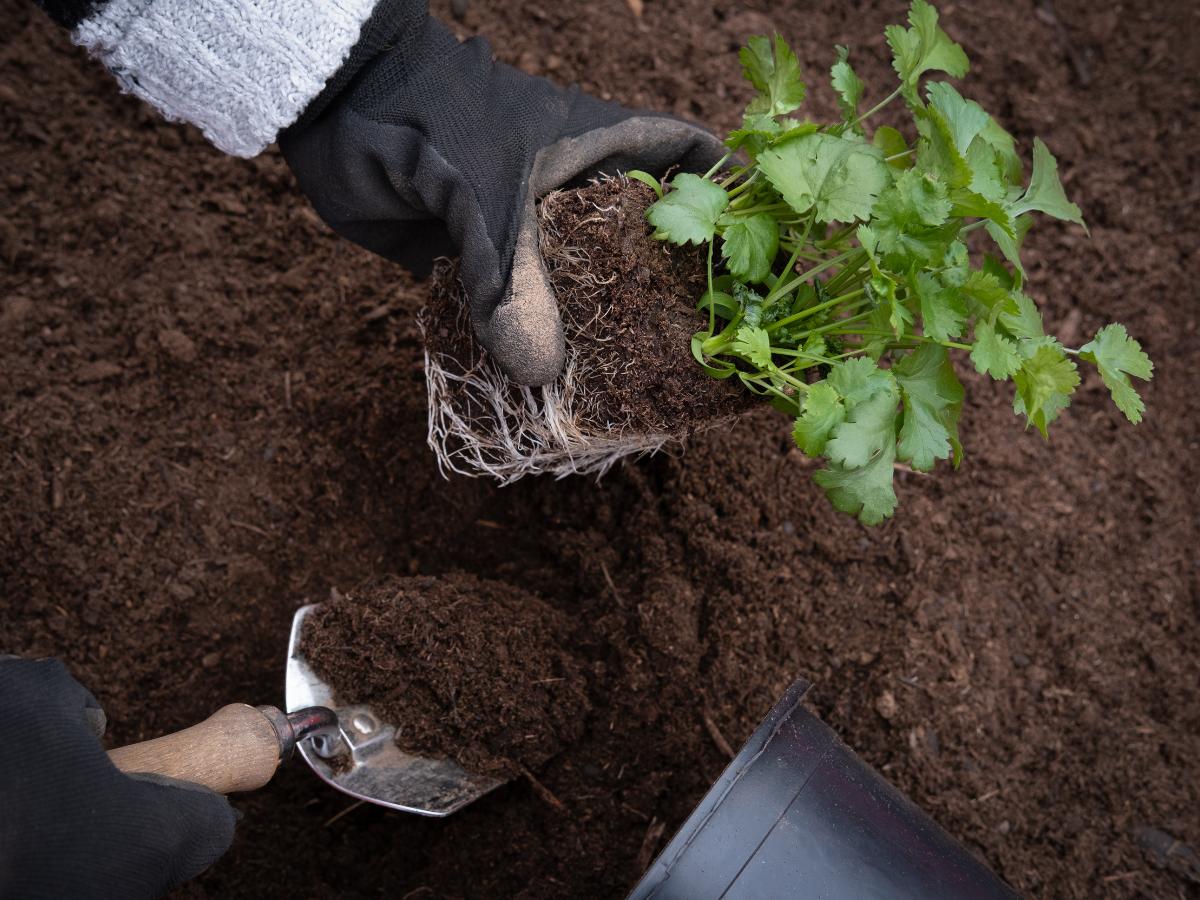
Just like your house, your garden could do with a little remodeling every once in a while, and fall is the best time to carry out this remodeling work. Before the ground freezes, you can repot your plants in new planters and containers, relocate trees to new areas, or even start a new hedge.
If you’re relocating and transplanting trees, prepare a new hole about twice the size of the tree’s root ball and plant the tree. Once done, ensure you have watered it. You can add fertilizer or a little bone meal to encourage fast growth and rooting, which promotes root growth.
Early and mid-fall is also the best time to start a new hedge or grow shrubs. Add mulch to the trees to maintain the soil temperature before the plants’ roots.




